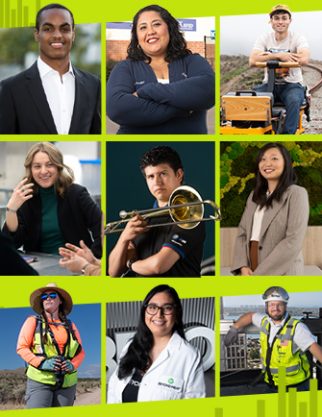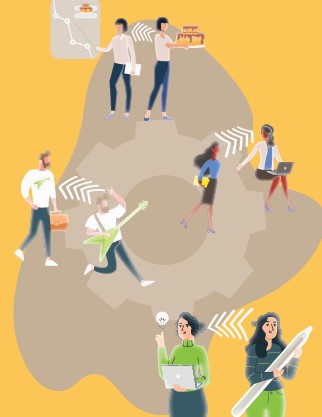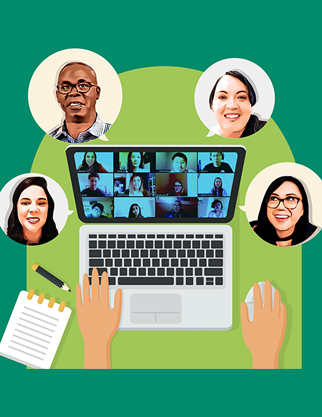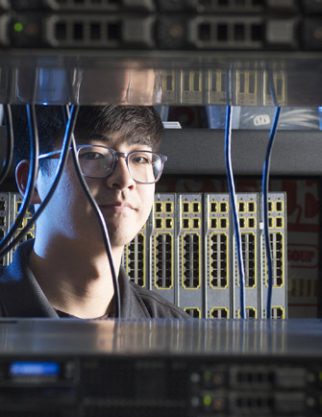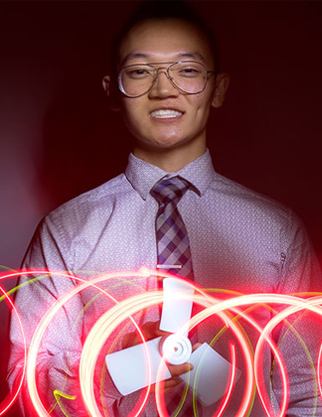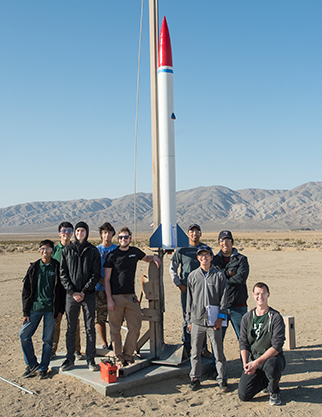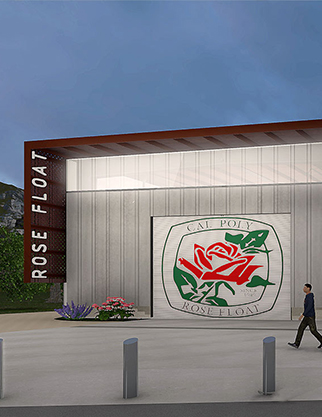When Beverly Cotter was living in campus housing, flush with daily encounters with roommates, classmates and friends, she didn’t anticipate having to master the art of being alone.
Then COVID-19 arrived, prompting the socially active graduating senior to return to her parents’ San Fernando Valley home.
“It really hit me when I moved to go back home,” says Cotter (’20, psychology). “I wouldn’t be able to see my friends and the people I saw every day anymore. I realized that I wouldn’t ever see these people again in the same setting.”
A former University Village resident, Cotter’s academic and social lives were very much intertwined. She had friends in many circles, on research teams and in the Psi Chi club for which she served as president.
In isolation, it was Netflix and shared laughter with a close friend over a show they watched together while 50 miles apart that helped Cotter regain some of her social footing. She and her friend talked nightly, “laughing hysterically” as they watched from their separate homes.
The Netflix Party extension has existed for years but took on new life after the pandemic forced many into isolation.
You could say that was my aha moment of this whole social distancing thing,” says Cotter. “I had that moment of ‘Wow, this could be okay. We can get through this.’ My friend was on her side of the screen laughing at the same thing, and it just made things feel so much better.
After the state of California issued stay-at-home orders in March, it didn’t take long for Cal Poly Pomona students to get creative with their online social lives. Netflix parties headline a list of ways to hang out virtually that also includes game nights, karaoke, happy hour, book clubs and dinner dates, to name a few.
“I think we’re finding collectively as a society in this time that we need relationships more than we thought we did,” says Andrea Bailey, a psychologist for Cal Poly Pomona’s Counseling and Psychological Services. “And that’s a really beautiful sentiment.”
That is exactly why students’ social strategies to combat physical isolation are so crucial. Virtual events quickly started populating calendars after the university moved to virtual/remote operations in mid-March.
Club meetings shifted online, cultural centers offered virtual office hours and the Career Center hosted workshops over Zoom. Associated Students Incorporated alone created a several cooking videos utilizing common pantry ingredients, produced a series of home workout videos and put on several concerts via their social media channels culminating in its Bronco Surge event headlined by popular DJs Two Friends.
Campus life didn’t stop. It found a way to continue elsewhere.
“It has been difficult not seeing everyone on campus or hanging out after class,” junior Matthew Jacobson says. “But we’ve done trivia games or used the House Party app, which is like FaceTime with built-in games. Another thing is movie nights where we all order our favorite food and then watch a movie on Netflix together.”
Cotter herself led a gathering of the Psi Chi club (international honors society in psychology) by hosting the club’s Netflix party in late April.
Marie Turiel, (’20, communication) has gotten plenty creative beyond the virtual realm with physically-distant picnics and parades to wish friends happy birthday. But she can’t imagine enduring the isolation without the digital windows into her friends’ lives that have replaced study sessions at the Bronco Student Center or meet-ups at a coffee shop around campus.
Imagine if this had happened 20 years ago with no social media or Wi-Fi,” Turiel says. “Nothing beats seeing a friend in person, but video calls with friends really boost my mood. A friendly face reminds me I’m not alone in this.
Turiel’s favorite meme that resulted from the pandemic states: “2020 sounded like the most futuristic year and now we’re all like ‘I traded my neighbor a handkerchief for some carrots.’”
Whether physically or virtually, in Pomona or the San Fernando Valley, the community spirit at Cal Poly Pomona continues through the COVID-19 pandemic.
“We need social interaction to live,” Cotter says. “That’s ultimately my perspective based on the psychology classes I’ve taken. We have to be surrounded by people in some kind of way.”
